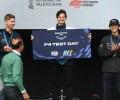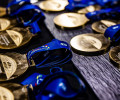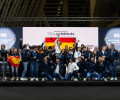GT Explainer – Double dose of supercar GT3 action confirmed for Valencia
GT racing enjoys a strong tradition at the FIA Motorsport Games. One of the six founding disciplines, it will remain as significant as ever for the upcoming third edition in Valencia, Spain (23–27 October 2024).
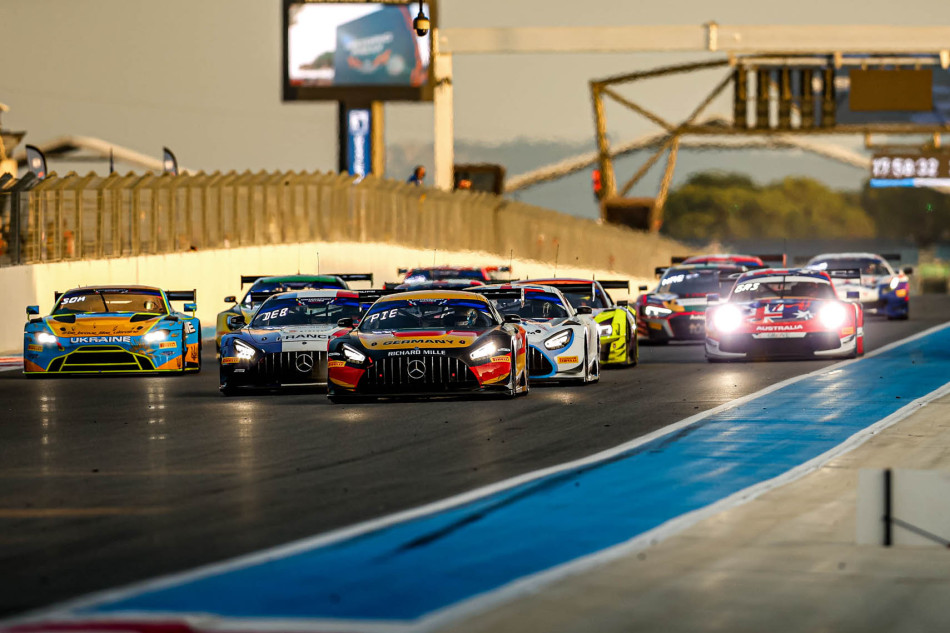
With an array of high-performance supercars and a reputation for ultra-close competition, the GT categories are popular with competitors and fans alike. Indeed, it is not an overstatement to suggest that GT racing has never been in better health. This is underscored by the enormous success of the FIA GT3 category, which caters for both sprint and endurance racing worldwide.
There are a wide range of options when it comes to machinery. At present, over a dozen manufacturers have eligible GT3 cars on the market, governed by stringent homologation and Balance of Performance (BoP) regulations that ensure equal competition between some very different concepts.
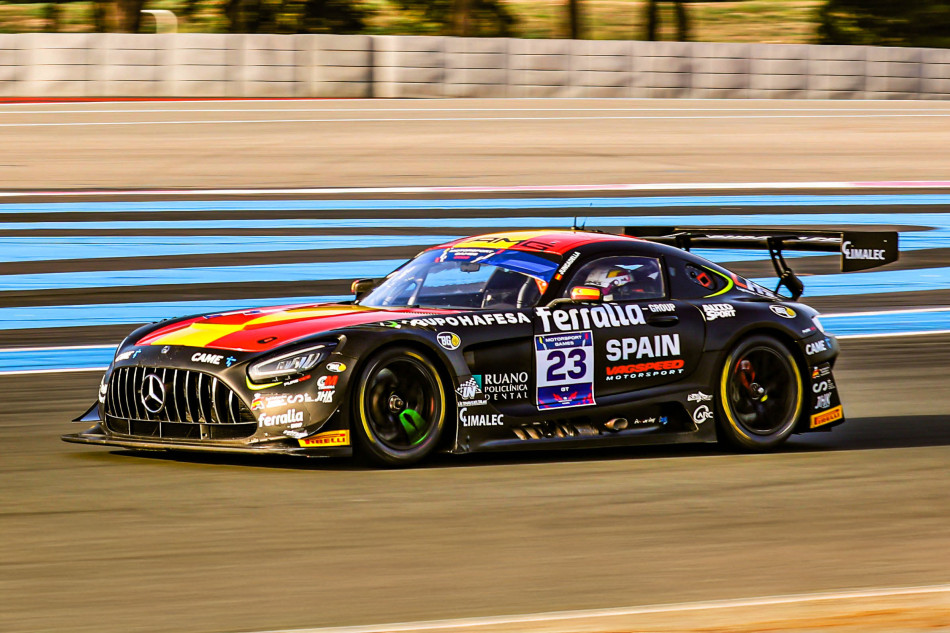
Part of GT3's appeal is the fact that the same equipment can be used at such a wide variety of events, from the major 24-hour races such as Le Mans, Spa-Francorchamps, Daytona, and the Nürburgring through to a host of regional championships. The drivers, meanwhile, range from top professionals employed by the manufacturers to enthusiastic amateurs.
“GT3 is one of the FIA’s biggest and most successful customer racing classes,” said Lutz Leif Linden, FIA GT Commission President.
“It is estimated that in the current homologation cycle, there are around 1500 GT3 cars racing worldwide. Driver aids are an important feature of this class and make these cars user-friendly for drivers of all experience levels. These two characteristics alone make this class a perfect fit for an event such as the FIA Motorsport Games.
“I am therefore confident that we are going to secure a strong entry, with great geographical diversity in terms of FIA member clubs represented across GT, GT Sprint and GT Single Make competitions.”
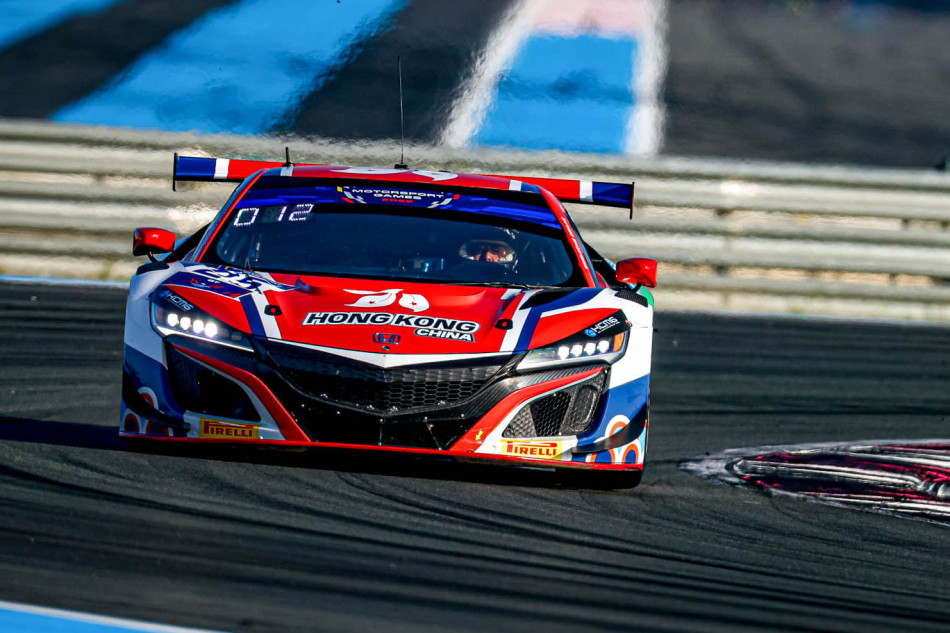
Given these characteristics, it is no surprise that this form of racing has been a key part of the FIA Motorsport Games since its inaugural edition in Rome. The 2019 event featured a single GT category, with two-driver crews competing at the Vallelunga circuit. On this occasion the gold medal went to Team Japan thanks to Hiroshi Hamaguchi and Ukyo Sasahara, who drove a Lamborghini Huracàn GT3 to victory.
The same formula was retained for the second FIA Motorsport Games in 2022. Staged In Marseille at Circuit Paul Ricard, Team France scored victory on home soil with Éric Debard and Simon Gachet sharing a Mercedes-AMG EVO decked out in the national tricolore. They were followed home by Team Germany and Team UK in what proved to be a competitive fight for the medal positions.
At the 2022 edition, the GT discipline expanded to include GT Sprint, a single-driver format aimed at the very best drivers in the world. That certainly proved to be the case, with Team Australia winning a heavyweight battle thanks to Porsche factory driver Matt Campbell. The Aussie ace beat fellow international stars Mirko Bortolotti (Team Italy) and Dries Vanthoor (Team Belgium) to the gold medal.
“It was the first gold for Australia at the Games, and what a way to finish,” said 2022 gold medalist Campbell.
“It was pretty tense out there. The car was dying at the end with a few problems but we made it to the end. The pressure was definitely coming, but I was glad I made no mistakes and brought it home.
“I had slow up-shifts at the finish and some vibrations as well but we made it in the end, and we got the gold medal.”
The 2024 competition in Spain will take place at Circuit Ricardo Tormo in Valencia.
Both categories remain unchanged for the 2024 FIA Motorsport Games in Valencia. The most important distinction between the two is in terms of eligible drivers, based on the current FIA Driver Categorisation system. In GT, each line-up will comprise maximum combined grading of one Bronze and one Silver driver.
They will enjoy plenty of track time, beginning with two free practice sessions, each lasting 80 minutes. These are followed by qualifying (2 x 15 minutes) and a one-hour qualifying race. As was the case in 2022, the gold medal will be decided by a final one-hour race.
GT Sprint places no upper limit on driver grading, allowing the best in the world (graded Platinum and Gold) to compete. However, it is open to any driver holding an International C licence, allowing Silver or even Bronze competitors to enter should they wish to take up the challenge.
With only one driver per car, competition will take place over a single 30-minute practice session, followed by a 20-minute qualifying and then Superpole for the 20 fastest drivers. This sets the stage for the deciding 40-minute medal race.
GT Single Make also joins the FIA Motorsport Games bill for the first time in Spain, in the form of the Ferrari Challenge Trofeo Pirelli.
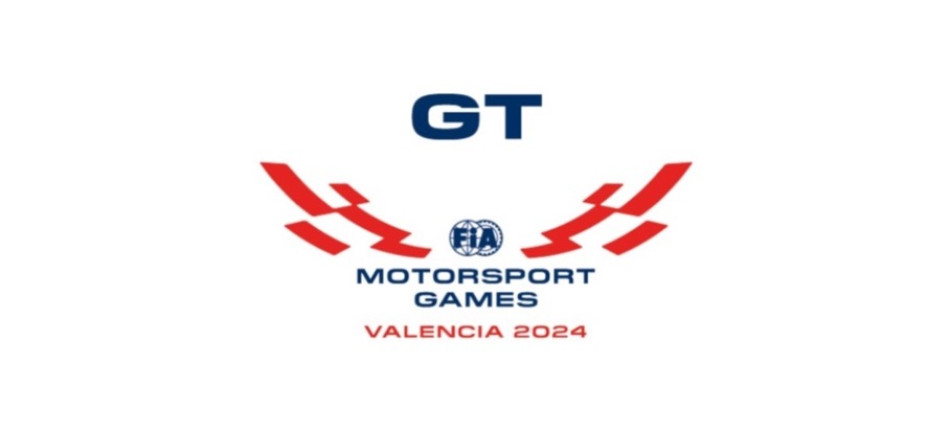
|
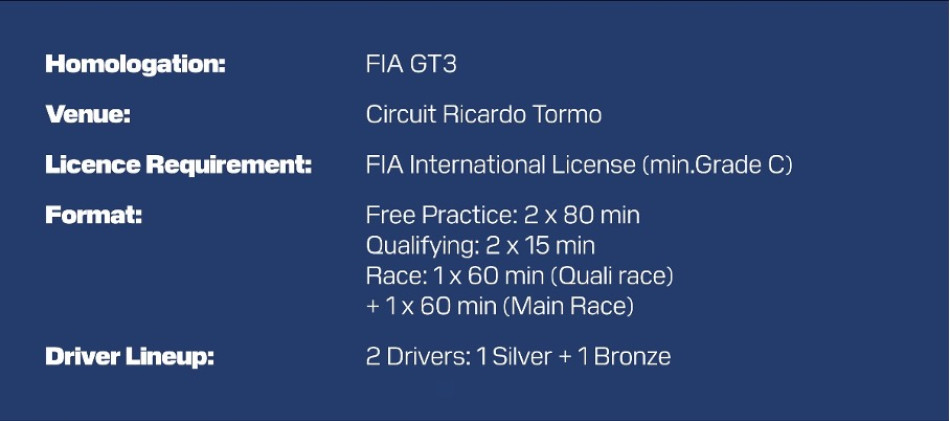
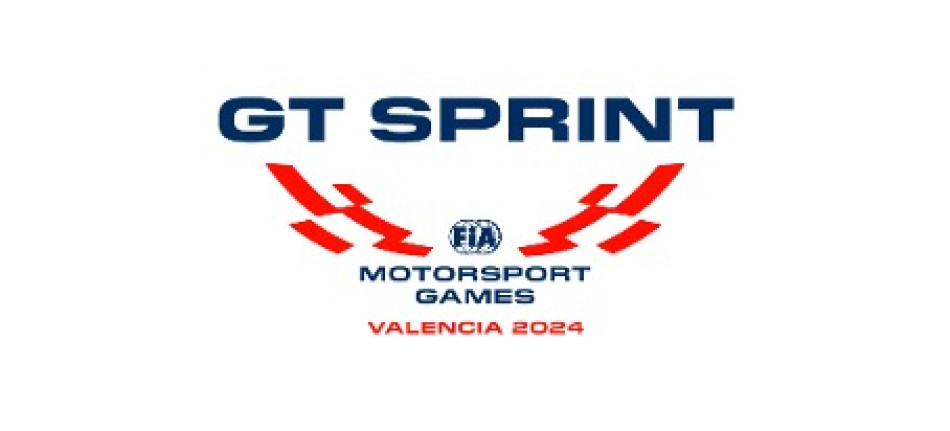
|
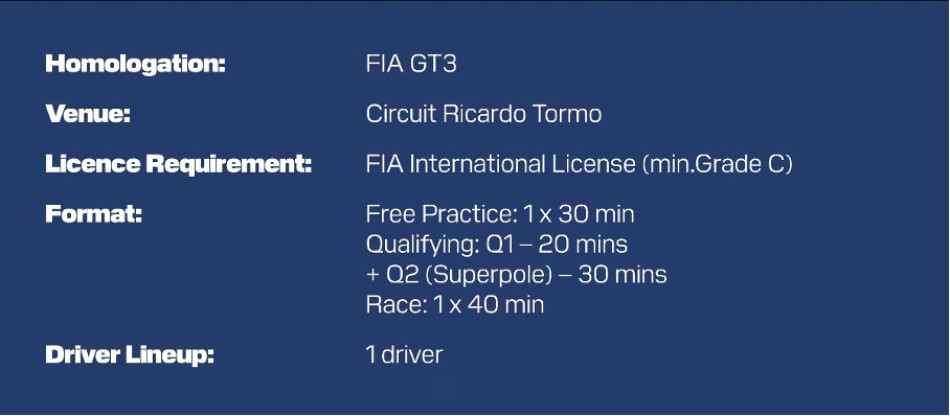
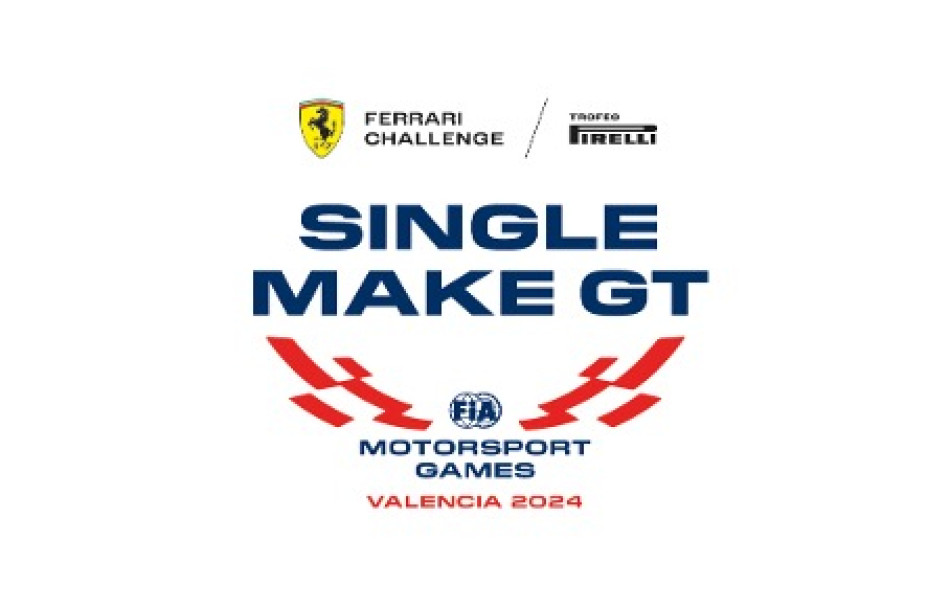
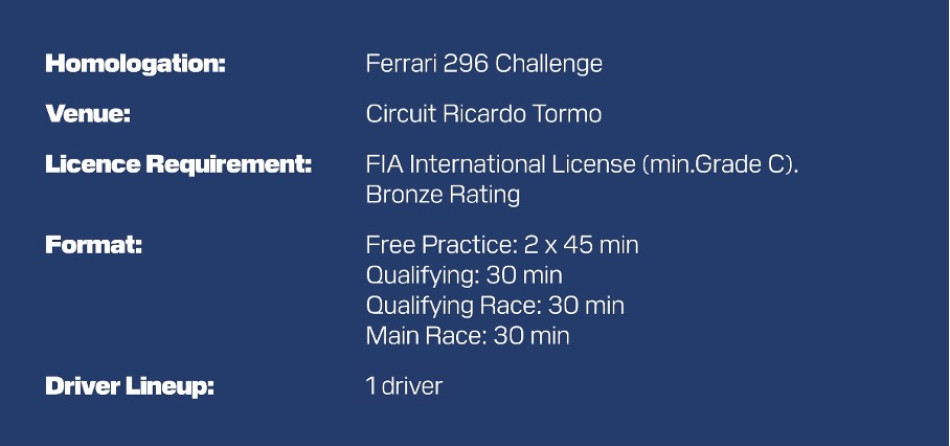
|

 Facebook
Facebook Twitter
Twitter